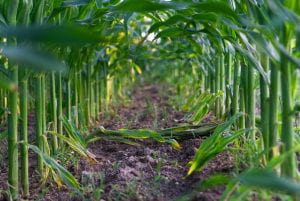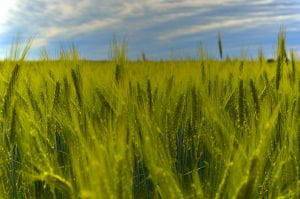 There was a great deal of action last Friday in the case that vacated the registrations of XtendiMax, Engenia, and FeXapan dicamba-based products. Despite a barrage of court filings on Friday, however, nothing has changed the current legal status of the dicamba products in Ohio, and Ohio growers may use existing stocks of the products now. Still, they must end-use by June 30th, 2020.
There was a great deal of action last Friday in the case that vacated the registrations of XtendiMax, Engenia, and FeXapan dicamba-based products. Despite a barrage of court filings on Friday, however, nothing has changed the current legal status of the dicamba products in Ohio, and Ohio growers may use existing stocks of the products now. Still, they must end-use by June 30th, 2020.
Here’s a rundown of the orders that the Ninth Circuit Court of Appeals issued in the case last Friday:
The court denied the emergency motion that the petitioners (National Family Farm Coalition, Center for Food Safety, Center for Biological Diversity, and Pesticide Action Network North America) filed on June 13th. That motion asked the court to enforce its previous mandate to vacate the registrations, to prevent any further use of the products, and to hold the EPA in contempt for issuing the Cancellation Order the agency had made that allowed continued use of existing stocks of the products. The court did not provide its reasoning for denying the motion. Continue reading


